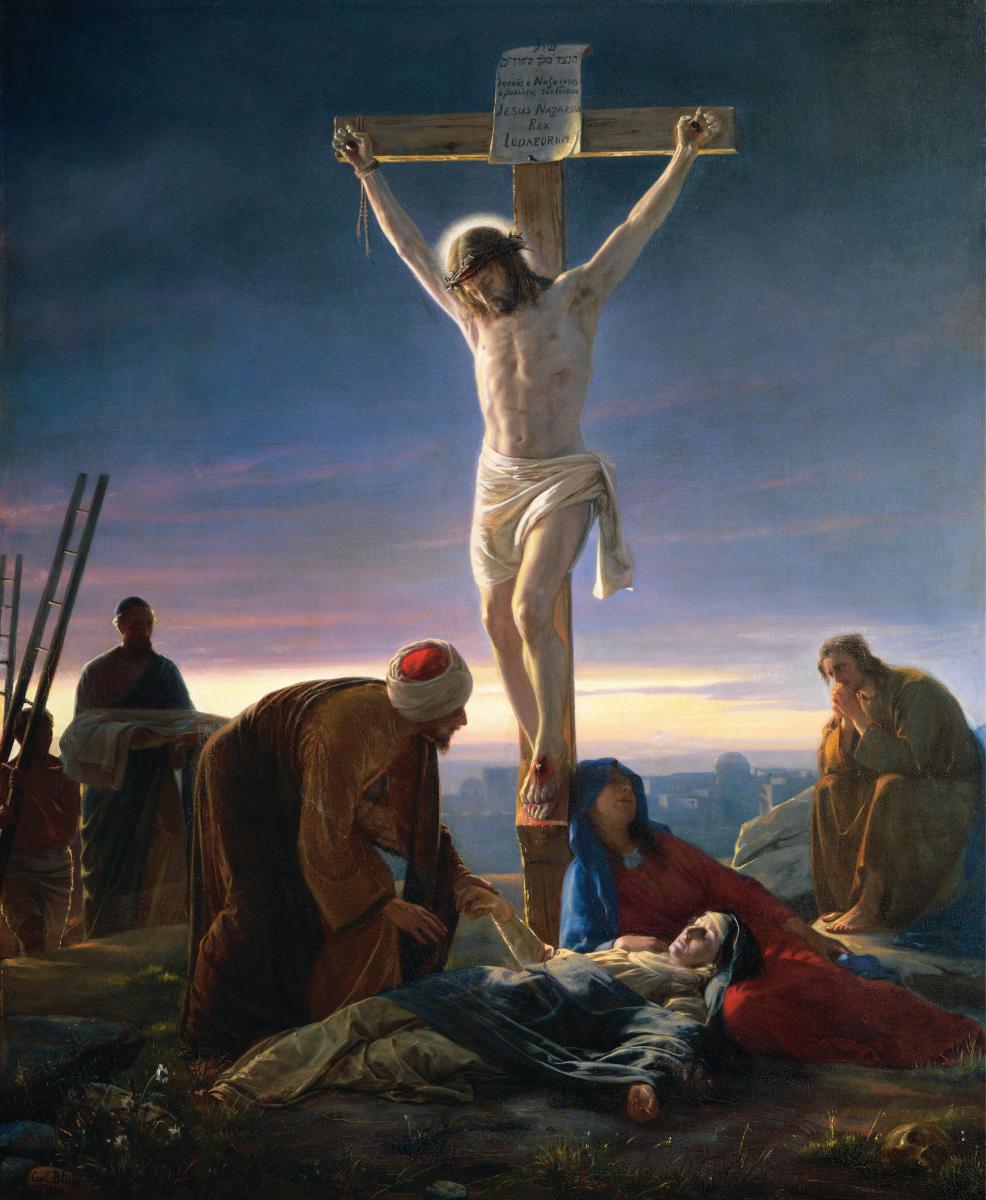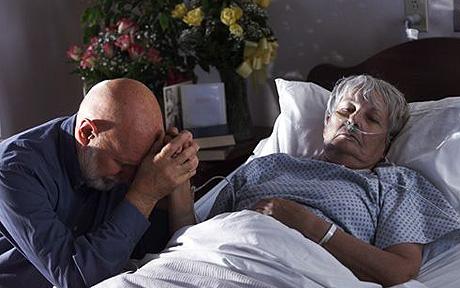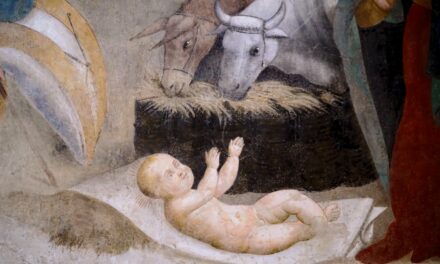 Every morning I wake up and take some silent time in a prayer space that I have created in my room for myself. In the evenings before I go to sleep I pray one decade of the rosary and Ignatius’ Suscipe (“Take Lord, Receive…”). These practices have become part of my morning and evening routines — I don’t even think about them sometimes. This routinization of prayer is not inherently bad because it demonstrates a commitment to setting aside time for God in everyday life. Yet routine prayer can turn into a practice that is more about the individual than about building a relationship with God.
Every morning I wake up and take some silent time in a prayer space that I have created in my room for myself. In the evenings before I go to sleep I pray one decade of the rosary and Ignatius’ Suscipe (“Take Lord, Receive…”). These practices have become part of my morning and evening routines — I don’t even think about them sometimes. This routinization of prayer is not inherently bad because it demonstrates a commitment to setting aside time for God in everyday life. Yet routine prayer can turn into a practice that is more about the individual than about building a relationship with God.
Relationships are created through dialogue and growth that more easily take place in situations of “de-centering,” or experiences that nudge us out of our comfort zone.
One small example of a “de-centering moment” is when we attend Mass in a different location. Sometimes a parish may do things a little differently than the parish you’re used to. There may be a priest that is difficult to understand, or the Mass may be said in a different language all together. This “de-centered” experience can be daunting because even though we’re used to the structure and flow of the Mass, we may not always understand the manner in which a particular parish celebrates it. However, I would guess that in this moment of discomfort, all of us are trying to enter into the Eucharist as best as we can, even though we don’t always understand the language or customs of some parishes. This and other de-centering moments thus encourage us to listen more closely for God’s voice within the discomfort.
 The colloquy before Christ Crucified is one way that St. Ignatius invites us into a de-centering situation. We are asked throughout the first two weeks of the Spiritual Exercises to consider our sinfulness and the way that Christ’s life and ministry cuts through the personal, sinful barriers we may have towards God’s love in our lives. Yet this particular colloquy during the Third Week of the Exercises challenges us to imagine ourselves in front of the cross of Christ, asking the questions, “What response have I made to Christ? How do I respond to Christ now? What response should I make to Christ?” The questions are not as startling as the spiritual context in which we ask the questions. We have gotten to know Christ through traveling with him in our imagination up until this point in the Exercises. Now we we have to imagine Christ’s broken body, bloody and bruised upon an ancient Roman torture device. This image of Christ can be jarring and nudge us into a de-centering moment where we have to come to grips with our own vulnerability through witnessing the ultimate vulnerability of God in Christ Crucified.
The colloquy before Christ Crucified is one way that St. Ignatius invites us into a de-centering situation. We are asked throughout the first two weeks of the Spiritual Exercises to consider our sinfulness and the way that Christ’s life and ministry cuts through the personal, sinful barriers we may have towards God’s love in our lives. Yet this particular colloquy during the Third Week of the Exercises challenges us to imagine ourselves in front of the cross of Christ, asking the questions, “What response have I made to Christ? How do I respond to Christ now? What response should I make to Christ?” The questions are not as startling as the spiritual context in which we ask the questions. We have gotten to know Christ through traveling with him in our imagination up until this point in the Exercises. Now we we have to imagine Christ’s broken body, bloody and bruised upon an ancient Roman torture device. This image of Christ can be jarring and nudge us into a de-centering moment where we have to come to grips with our own vulnerability through witnessing the ultimate vulnerability of God in Christ Crucified.
These two examples demonstrate that we can see God clearly in moments of discomfort and challenge, or de-centering moments. God reveals God’s self when we witness situations that nudge us into spaces of discomfort because they reveal the vulnerability that we are quick to hide from others throughout our lives. It’s easy to maintain ourselves within a routine because we do not always show the depths of our true selves within the confines of our daily lives. Yet the lived experience of the faithful becomes mundane when we forget the constant conversation that God is trying to have with us in every moment of our lives, including the challenging moments.
De-centering moments thus can become powerful moments of vulnerability, transformation and conversion for us because they open up immediate, authentic dialogues with God. They wake us up from our prayer routines and ask us to really listen to the words that God speaks to us everyday through our daily lives of faith. Experiencing these moments allow us approach the Lord in humility and accept God’s grace more fully. May these last weeks of Lent continue to reveal these de-centering moments to us, so that we can better listen to God in our lives.









On days this Lent that I have not been able to get to my church for mass, I have gone to my old parish. Although it is a place of many great memories, it is difficult to attend mass there. Mostly because the priest is difficult to understand and hear. Combo of language and the sound system. It is like hearing mass in braille. So I remember Latin mass of my childhood and not really getting the gospel because it wasn’t tailored for kids. I do the responses clearly and precisely and wait to see what will happen next. I know I am here for a reason. You have confirmed it.
Some great thoughts for reflection–especially as our parish lets go of one pastor and welcomes another, something that had not changed in over 25 years. To listen for God’s voice amidst this discomfort is great advice.